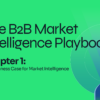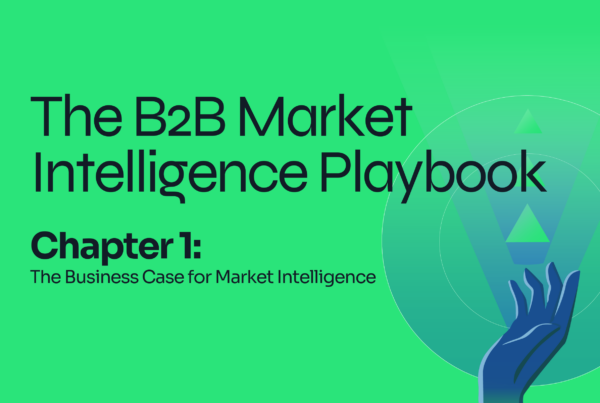
A blog for leaders and decision-makers, exploring how Generative AI is shaking up publishing, just like Napster did to music – and its implications for intelligence gathering.
Technological advances in Generative AI are forcing publishers to rethink their business models. Now that consumers can access content without viewing a web page (and therefore an advert) or logging in and paying subscription fees, ownership of content and viewer analysis has become a lot harder.
It’s a battle between technology and intellectual property.
But, it’s not the first time this challenge has arisen. How many people will remember Napster when it first emerged? When Shawn Fanning, a 19-year-old American college student, developed Napster as a platform for sharing music for free, he likely never expected it to become the world’s largest community for sharing music files. It was revolutionary, and consumers loved it.
Music labels on the other hand, did not. Labels wanted to sell their CDs for $10-20, and Napster provided a cheaper alternative. Perhaps unsurprisingly, by 2000, the business was wrapped up in lawsuits from record labels and musicians who argued that the service facilitated copyright infringement. However, Napster wasn’t the only one out there to challenge IP. There have also been furores over people taping TV and radio, and now we have sports streaming and software hacks.
Despite its legal troubles and eventual shutdown, Napster’s influence persisted, paving the way for modern streaming services like Netflix and Spotify.
The conflicts associated with Napster’s presence arose from market beliefs that consumers wanted high quality music legally, but they were wrong. The truth is, most people seek out convenience in their personal lives and at work; Market Intelligence Teams are no exception.
This convenience is what technology can provide, which is what triggered the battle with IP in the first place.
Why read the New York Times when AI already has?
Cheap and easy access to trustworthy information is what market intelligence wants and needs, yet is becoming more and more challenging as the datasphere grows. And now, Generative AI is changing the landscape again.
For example, why would someone choose to read the New York Times when ChatGPT can read it for you? In fact, AMPLYFI’s research found that nearly a quarter of knowledge workers (23%) use AI chatbots to source information needed for their jobs.
Answer engines therefore pose a huge threat to the big players in publishing. The New York Times has already sued OpenAI and Microsoft over the use of its content to train Generative AI and Large-Language Model systems.
With their business models being challenged, publishers have turned to action, with many now training their own AIs, or building one with others, in an effort to maintain control of their intellectual property. For example, the Financial Times has announced a new generative AI chatbot called ‘Ask FT’, trained using its own articles. OpenAI and Axel Springer have also partnered up to strengthen independent journalism in the age of AI.
Given people’s propensity to seek out the easiest and most convenient approach to research, AI-powered answer engines are only going to grow in popularity, so the battle between tech and IP continues.
A balancing act
Convenience in technology generally wins. Answer engines are therefore not going to go away, even if it hurts some larger players in publishing. Over three quarters (78%) of decision makers believe that further investments in making information more accessible and easily consumable could yield additional benefits to organisations. People will always want to find the easiest route, which means data-sourcing tools need to consider IP moving forwards.
On top of this, AI is powering an explosion of content that will continue at pace; knowledge workers are already overwhelmed by the quantity of information, with 41% reporting to have at least 6-10 browser tabs open at any one time, and the average worker spending 7.7 hours searching through content every week.
Publishers are moving to defend their existing business models, but this will not work in the long term – it really is just a holding action.
Ultimately, dealing with AI-generated content requires AI filtering to find high-quality information whilst respecting publishers’ intellectual property. We can expect to see more adaptation, partnerships and innovation taking place as publishers move to harness the power of AI in their tools.
And for market intelligence teams, decision-making will continue to be based on what information is valuable, and how they get to it quickly and cost effectively.
Sign up to our newsletter, get exclusive content, cutting-edge tech news, research reports and actionable insights.








